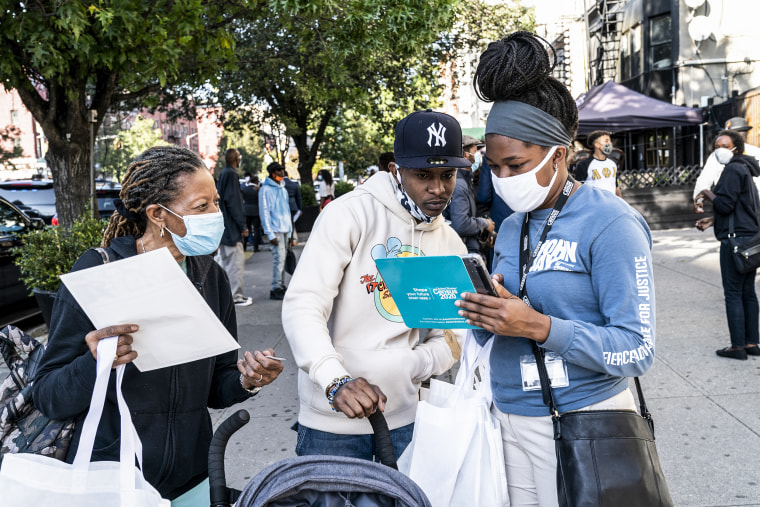WASHINGTON — The 2020 census undercounted Black, Latino and Indigenous populations while over-counting white and Asian people, according to estimates from a report the U.S. Census Bureau released Thursday.
The findings continue a long-standing struggle for the bureau with counting underrepresented groups while over-counting non-Hispanic white people. Many of them live in hard-to-reach areas, such as rural communities and areas with limited access to the internet.
The data released Thursday was the result of two internal analyses that collected data through a sample survey of demographic records. The findings suggested the 2020 census missed Hispanics and Latinos at more than three times the rate in 2010 (an undercount rate of roughly 5 percent, as opposed to 1.5 percent in 2010).
The Black population was undercounted at a rate of 3.3 percent, up from 2.1 percent in 2010. Indigenous people living on reservations were undercounted at a rate of 5.6 percent, higher than the 2010 rate of 4.9 percent. Indigenous people not living on reservations were not miscounted.
Due to the pandemic, in-person door-knocking operations were suspended in March 2020 and only restarted in the late summer. Inaccurate or improperly processed data means many vulnerable groups could still be left out, altering the resources these communities receive and the power they wield.
In 2020, the Supreme Court allowed the Trump administration to stop gathering census information early. The bureau argued it wanted to stop the count so it could start processing the data to meet a Dec. 31 deadline, set in federal law, for reporting the results to the president and the states.
Data from the sample survey also suggested the non-Hispanic white population and the Asian population were over-counted, and the difference in over-counting between 2010 and 2020 was statistically significant.
The data crunched by the bureau illustrates the racial makeup of America and helps determine the distribution of federal aid and how many congressional seats and Electoral College votes each state gets, among other things.

